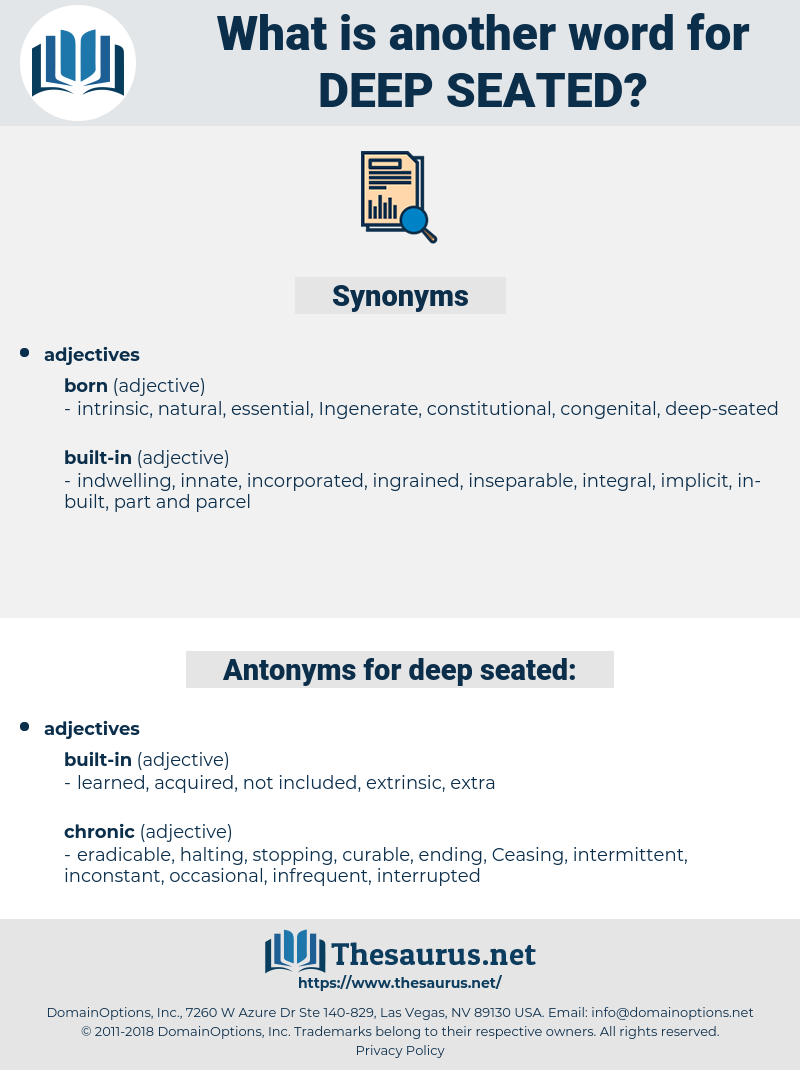
Initial Descent: When you enter the water, get your body into a vertical streamline position, clear your ears and locate your dive buddy.You should be prepared to dive prior to the first diver entering the water, be ready when the divers before you are entering the water and enter as soon as you are told too. Both the giant step and back rolls can be used depending on the boat and conditions. Entry: During the dive brief, you will be informed on how and when you enter the water.On these dives do everything you can before the dive starts, any adjustments while free-falling can become a distraction from a safe dive. I always need to tighten it when I start a dive. For myself, I have a BCD that has a cummerbund. On a normal dive, we have time to make any last minute adjustments while in the water before starting our descent. It is also important that we minimize any in water equipment adjustments. So it is important that you are ready to immediately enter the water when the dive starts. If each diver takes an additional 10 seconds to enter the water, the dive group could easily be spread out over a large area. These types of entries will want the divers in the water in the shortest amount of time possible. Final prep: On a dive with a normal entry, it generally okay to take an extra few seconds to get into the water.If you have a similar experience, try to remove air pockets in your wet suit. It does not add much buoyancy, but I can tell when it been released. I often get an air pocket in the small of my back and the side of my chest near my arms. Even a great fitting one may still have places where an air pocket can develop, one that might not immediately clear. Squeezing the air out before putting it on is best. After you check that your BCD is fully functional, the inflator and dump valves are properly working, you need to remove all the air from your BCD. The reason is trapped air pockets in my BCD and wet suit. Equipment Check: Many times when I start a dive, I have some difficulties starting my descent.The brief should also familiarize you with the intended actions of the boat before the entry phase, during the active entry, during the dive and pick up procedures. If the current extends well below the surface, you might drop directly to the dive site without a pause. If you are doing the entry because of rough seas or surface current, the instructions may tell you to level off and become neutral buoyant at a specified depth and then continue as a group. It should include why you are doing the entry. Site Brief/Dive Brief: While briefings are always important, briefings for these entries can be critical.Once you are on the way down you control your position and glide path to land on your target. I have seen these types of entries compared to base jumping. All divers need to be in the water as soon as possible to keep the group close. Dive buddies need to enter the water at the same time and close to each other. Those same conditions may be a hazard to the dive boat who will have to be without steerage while dives are around the boat. A strong current may take the dive boat and those on the surface away from the dive site. High seas may make it very uncomfortable even dangerous to hold on to a current line while everyone gathers to begin the dive. Why Would You Do An Negative Entry Descentĭiving conditions may indicate that a direct descent is the only practical and safe method to make the dive. To float at the surface before starting to dive, you need to add air to your BCD to counter that additional weighs so that you become positively buoyant when you enter the water. To do this you need to add weighs to counter the weight of the air that you will use.

You strive to be neutrally buoyant at the end of your dive. Adding additional weights is not the means to become negative on these entries. The key difference between a negative entry and a normal one is that there is no air in the BCD.

Information about the dive site indicated that a fast descent was needed. There was no need to do such an entry on our dive, however, he explained that the following week he was diving a location known for fast surface currents. A negative entry descent also called a negative buoyancy descent, is sometimes done when the surface conditions are very rough or when there is a strong current at the surface. On a recent dive, I had an ad hoc dive buddy ask if we could do our second dive as a negative entry descent.


 0 kommentar(er)
0 kommentar(er)
